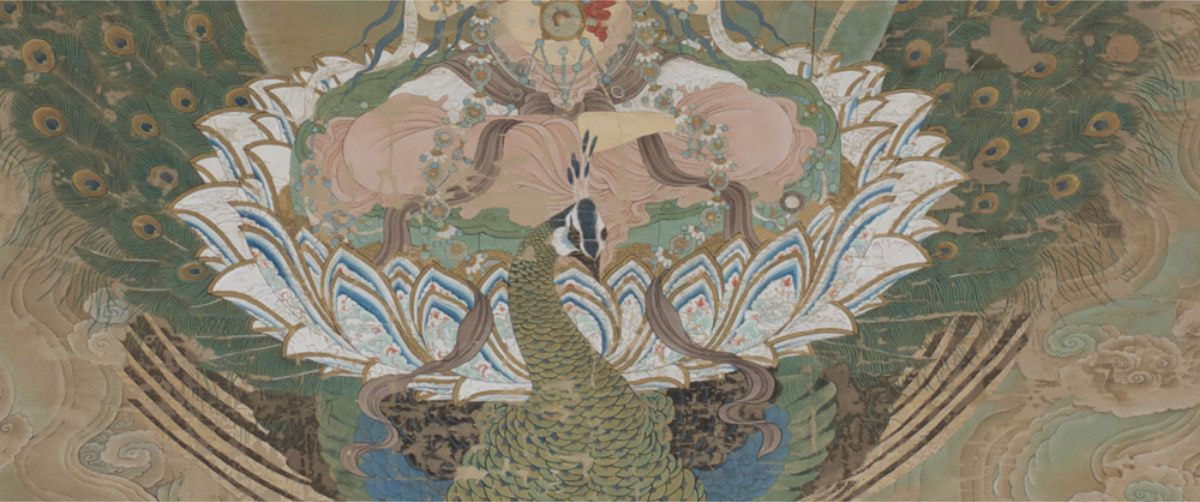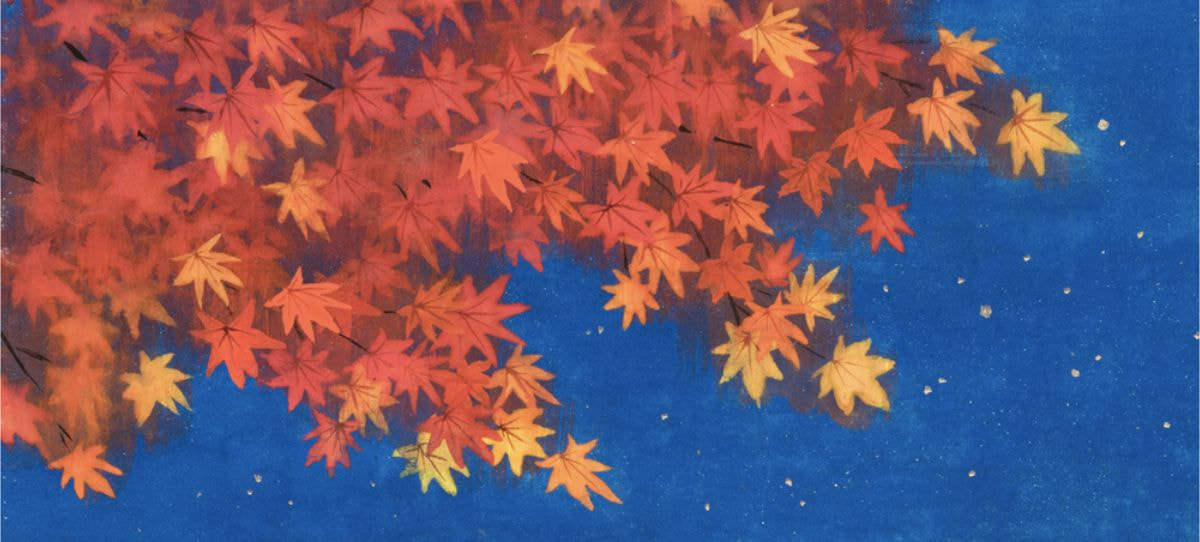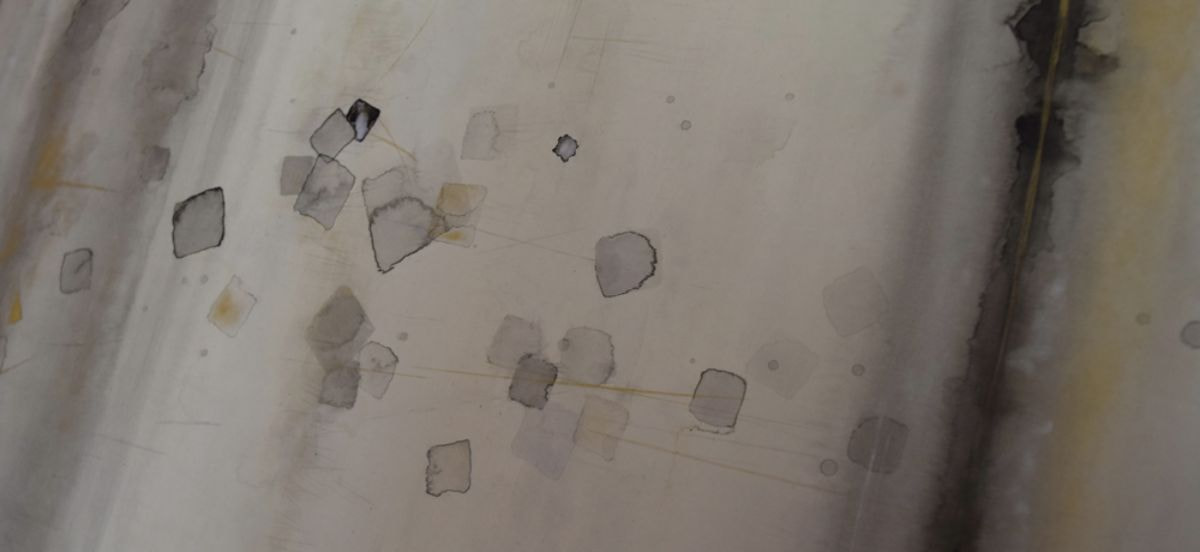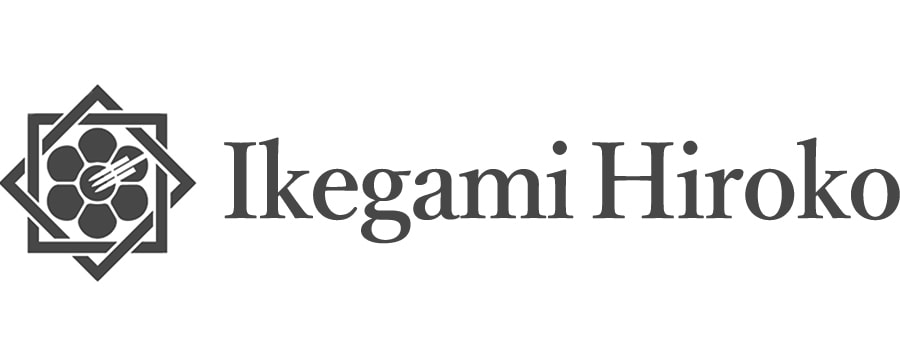日本画について
About Nihonga
-traditional Japanese painting-

日本画は、長く深い歴史を有しています。
天然の岩絵具や染料によって天然の絹や和紙などに描かれ、修理を重ねながら1000年以上、半永久的に保存され、大切に鑑賞されます。
余った岩絵具は膠抜きの行程を経て石に戻され、常に大切にリサイクルされており、環境にも配慮された持続可能なアートだと考えられます。
日本画は、筆、墨、紙、金加工など、多くの日本の伝統工芸に支えられています。
Traditional Japanese painting - “Nihonga” - has a long and deep history. In Nihonga, natural mineral pigments and dyes are applied to natural silk or Japanese paper. Restoration and repair practices have helped to maintain Nihonga as a deeply appreciated tradition for over 1000 years.
Any unused mineral pigment is returned to the stone and is always recycled, so Nihonga is considered to be a very ethical and sustainable art form. Nihonga exists interdependently with other traditional Japanese crafts and materials such as brush, ink, paper, and gold processing.

“日本画”という名称は、明治時代に、欧米の文化が流入した際に、初めて、洋画の対語として造語されました。
ですが、日本画のもととなっている日本の絵画の歴史は、現存するものは古墳時代ごろから作例があります。
奈良時代以降は中国から本格的に絵画の技法が輸入されます。
初めは、人も技術も、大陸から運ばれたままの作品ですが、そののち、日本独自に発展を遂げました。
日本風のものをやまと絵、中国風のものを唐絵とよび、どちらも大切に珍重されました。
主に濃彩で情緒的なものをやまと絵、中世以降中国で盛んになった墨絵の知性的なものを唐絵と呼びます。
小さな島国であった日本にとって、大海を経て運ばれる、海外の文化も色石も、大変貴重なものでした。
During the Meiji era, from 1868, Western culture was introduced to Japan. The term "Nihonga" was originally coined to refer to Western style paintings created during this period. However, the true roots of Nihonga lie within a tradition of Japanese painting stretching back to the Kofun period (3rd - 6th centuries CE).
From the Nara period onward, painting techniques began to be imported from China in earnest. At first, painters and painting techniques were imported from China, but later they developed uniquely in Japan.
Japanese-style paintings are called “Yamato-e” and Chinese-style paintings are called “Kara-e”. The Yamato-e style was characterized by the use of vivid colors and emotion, while Kara-e was more intellectual and was associated with the use of black ink (“sumi”).
For Japan, a small island nation, the foreign culture and colored stones transported across the sea were very precious and important.

日本画は、その画材にも、大きな特徴があります。
古墳・奈良時代の頃から、素材にはほとんど変化がありません。
天然石を砕いた岩絵具と様々な染料などを用いて、天然牛膠で基底材に接着します。
とても素朴ですが、添加物などが混じらず、発色はとても美しいです。
A distinctive aspect of Nihonga is the materials used in the paintings. Since the Kofun and Nara eras, there has been almost no change in the materials used. Pigments are made by binding crushed stones and various dyes with natural ox glue. This method is very simple, completely additive-free, and results in very beautiful colors.

日本画は、伝統的な東アジアの画論や描法などに強く影響を受けながら、同時にとても自由です。
何の制約もなく自由に様々な表現が許されているので、伝統的なきまりごとのある絵を期待する人々をがっかりさせることもあるようです。
ですが、その時代を生きる人々の心に寄り添い、自由に創造され発展してきた日本画は、世界でも類を見ない自由な発想で様々な表現を生み出し、世界中の人を魅了してきました。
While Nihonga has been strongly influenced by East Asian art theories and practices, it is nevertheless very free. Since various expressions are allowed freely without any restrictions, it may disappoint those expecting traditional and methodical painting. Nihonga was created and developed freely, in keeping with the hearts of people living in that era. Nihonga’s unique expressions and free ideas have impressed people all over the world.
Special thanks to Mr. C. Herring for translating



